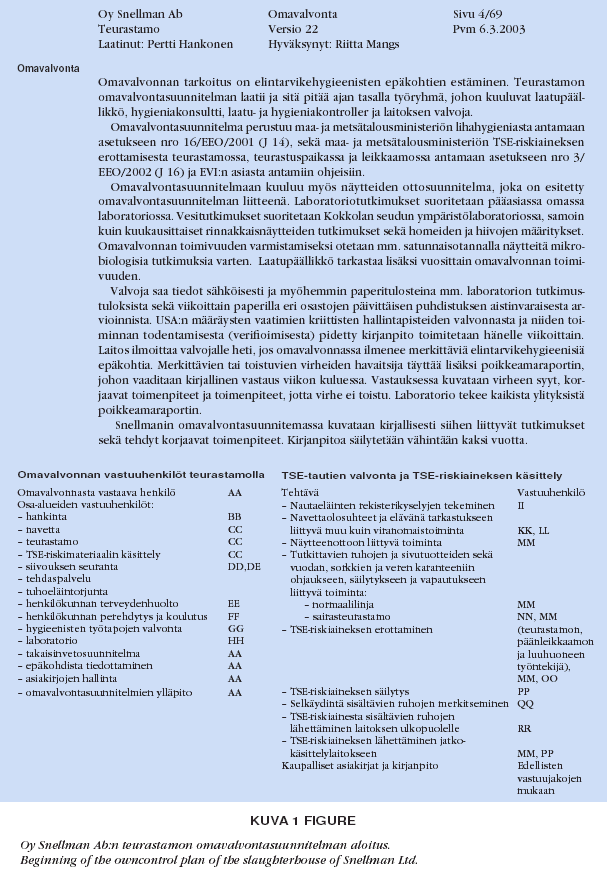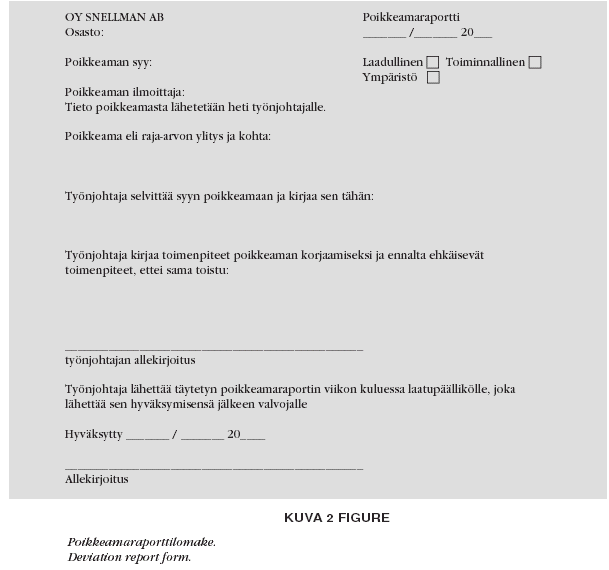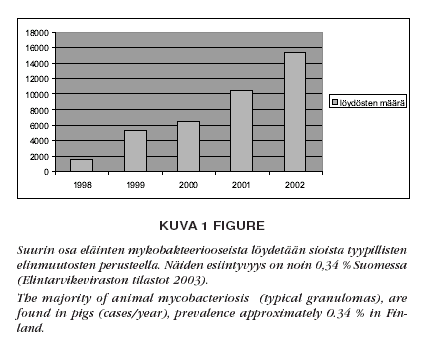
More than 90 species of mycobacteria are validly described, and most of them are opportunistic pathogens.
Thirty-fi ve out of the 86 species of environmental mycobacteria are classifi ed to Hazard group 2 or 3 in the
European Union classifi cation, and the Hazard status of 12 species is uncertain.
All mycobacteria cause risk for human and animal health. Infections due to environmental
mycobacteria are increasing in both industrial and developing countries. The infection rate of environmental mycobacteria
in humans is approximately 1/ 10 000 (incidence 0.01%) per year in Finland. The majority of animal mycobacteriosis
are found in pigs, prevalence approximately 0.34% in Finland. Members of the M. avium- complex
(MAC) are the predominant species both in human and animal cases. Nontuberculous mycobacteria may increase in soil and water. The minimum infective dose of environmental
mycobacteria is not known, but the most susceptible risk groups are youth, seniors and people or animals
with immunosuppressive conditions. Drug therapy of mycobacteriosis is diffi cult and not always successful.
Nontuberculous mycobacteria are usually resistant to isoniazid and rifampin, the 2 most important agents
for the treatment of tuberculosis. Infections caused by drug-resistant mycobacteria can be life-threatening also
for healthy adults and thus they are a relevant risk for humans. The epidemiology of
environmental mycobacteria is poorly investigated. Effective methods for identifi cation
genetic profi ling, and rapid real-time quantifi cation of environmental mycobacteria are needed for tracing
environmental reservoirs of human and animal mycobacteriosis and risk assessment.
Mycobacteria recovered from clinical, veterinary and environmental sources as well as their importance in
Finland are discussed in this paper.

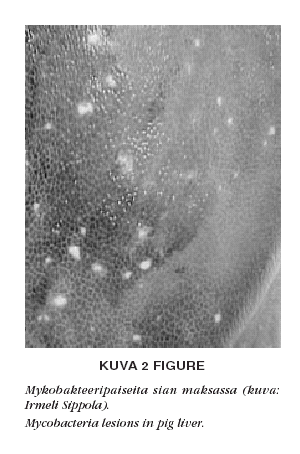
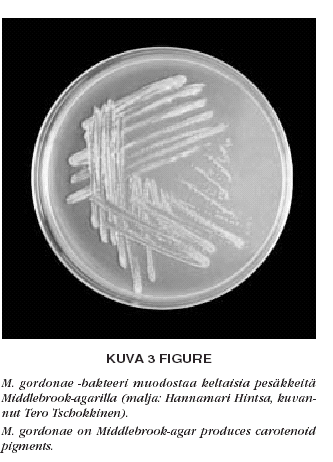
In this paper, we ventilate the problems arising from realizating the rules and regulations of the statute no. 16/EEO/2001, the Meat Hygiene Statute, and present a practical example of an owncontrol programme.
According to the rules mentioned above, the making of the owncontrol plan is a task of the establishment. The legislation concerning owncontrol of the establishments in the meat branch, is, however, so diffi cult to understand that in many establishments the supervisor has to make and also keep up to date the owncontrol plan. To amend the situation, education in both domestic languages should be arranged and also the rules and regulations should be written clearly and in such a way that they are easy to understand.
Because the prerequisite for the approval of an establishment is that the owncontrol programme has been approved, the supervisor of the plant must approve uncompleted programmes. The owncontrol programmes are never fi nished, because the regulations are changed quite often and, in any case, the programmes have, due to different reasons, to be improved all the time. This leads to troubles in holding the programmes up to date and informing of changes. By the help of owncontrol, not every problem in an establishment can be solved, because the obligation of owncontrol is to be found only in the Law of food-hygiene of foodstuffs of animal origin no. 1195/1996, the Hygiene law, and not in other legislation dealing with foodstuffs of animal origin.
According to our opinion, the verifi cation measures of the owncontrol system should have been stated in the Meat Hygiene Statute. It is not necessary to appoint a person in charge for every task mentioned in the owncontrol plan. The requirements concerning the supervision of good manufacturing practices should be written in the Meat Hygiene Statute, at the same time while clarifying what has been meant with the other supervision required in the legislation. The principles of creating a HACCP plan should be clearly presented in the Meat Hygiene Statue, and it should clearly state, whether there are critical control points in the plants subjected to it.
